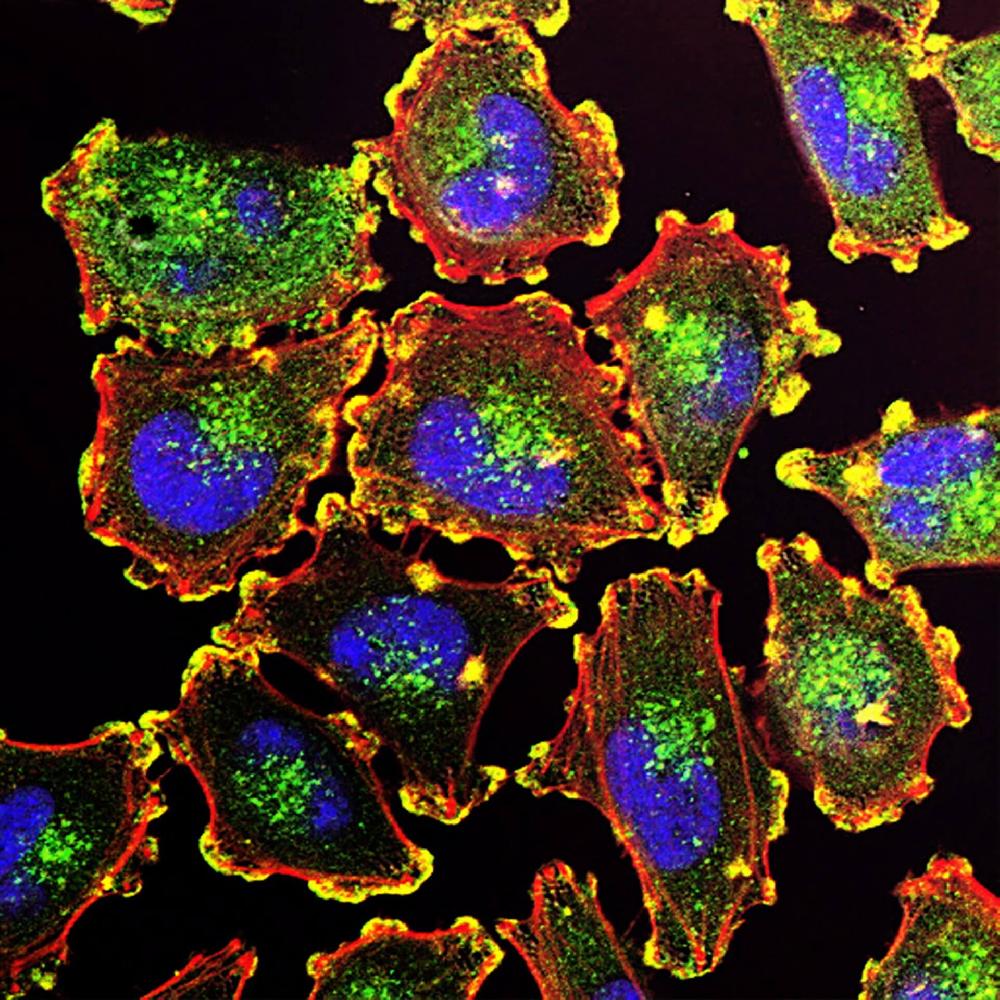This website uses cookies to ensure you get the best experience on our website.
- Table of Contents

1 Citations 1 Q&As
Facts about Transcriptional coactivator YAP1.

Plays a key role in tissue tension and 3D tissue shape by regulating cortical actomyosin network formation. Acts via ARHGAP18, a Rho GTPase activating protein that inhibits F-actin polymerization (PubMed:25778702).
| Human | |
|---|---|
| Gene Name: | YAP1 |
| Uniprot: | P46937 |
| Entrez: | 10413 |

| Belongs to: |
|---|
| YAP1 family |

65 kDa Yes-associated protein; YAP; YAP1; YAP2; YAP65; YAP65yes-associated protein 2; Yes-associated protein 1; Yes-associated protein 1, 65kDa; yes-associated protein beta; yes-associated protein delta; YKI; Yorkie Homolog
Mass (kDA):
54.462 kDA

| Human | |
|---|---|
| Location: | 11q22.1 |
| Sequence: | 11; NC_000011.10 (102109957..102233424) |
Increased expression seen in some liver and prostate cancers. Isoforms lacking the transactivation domain found in striatal neurons of patients with Huntington disease (at protein level).
Cytoplasm. Nucleus. Both phosphorylation and cell density can regulate its subcellular localization. Phosphorylation sequesters it in the cytoplasm by inhibiting its translocation into the nucleus. At low density, predominantly nuclear and is translocated to the cytoplasm at high density (PubMed:18158288, PubMed:20048001). PTPN14 induces translocation from the nucleus to the cytoplasm (PubMed:22525271).






PMID: 7782338 by Sudol M., et al. Characterization of the mammalian YAP (Yes-associated protein) gene and its role in defining a novel protein module, the WW domain.
PMID: 12807903 by Komuro A., et al. WW domain-containing protein YAP associates with ErbB-4 and acts as a co-transcriptional activator for the carboxyl-terminal fragment of ErbB-4 that translocates to the nucleus.
*More publications can be found for each product on its corresponding product page